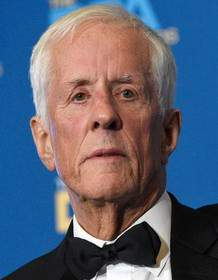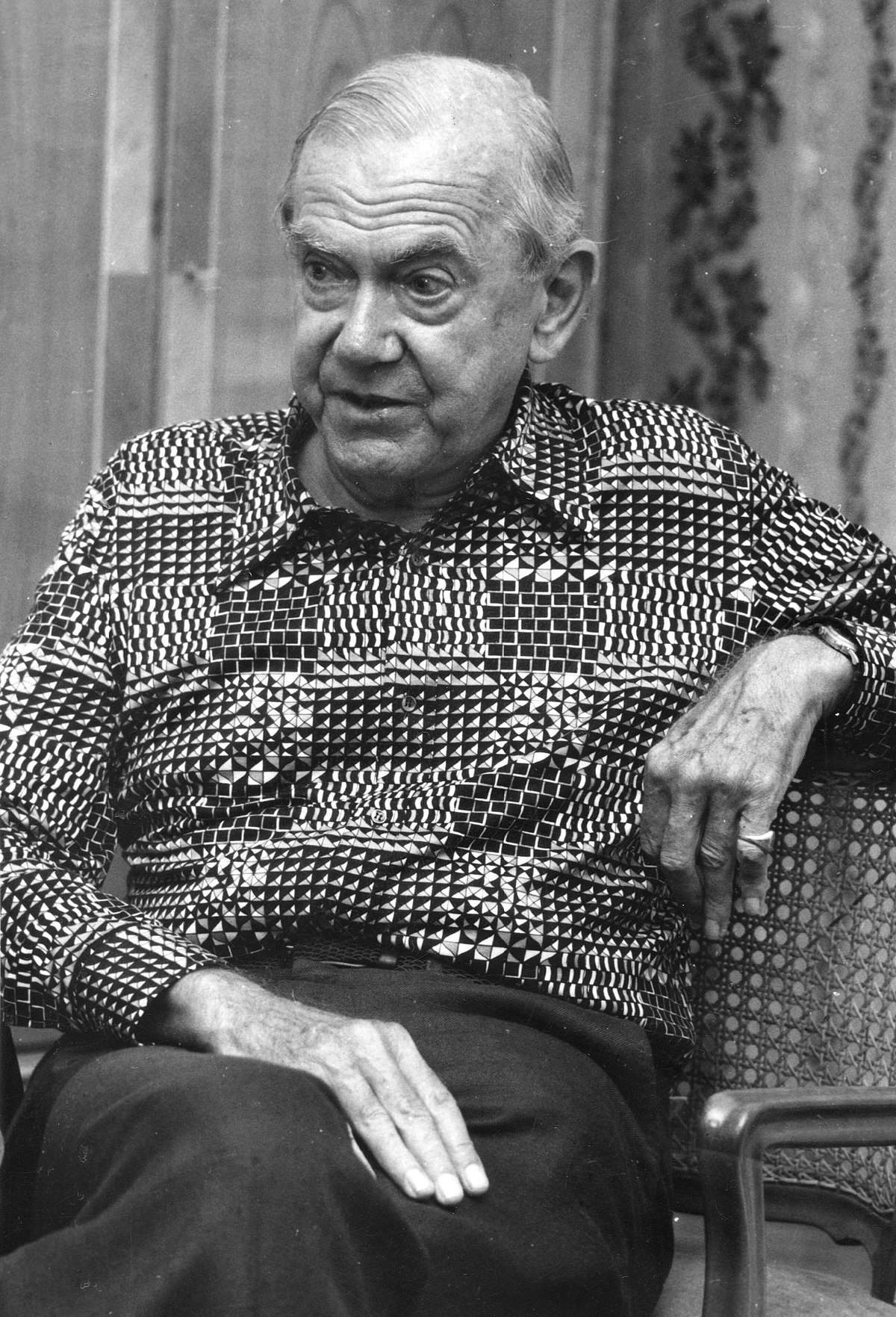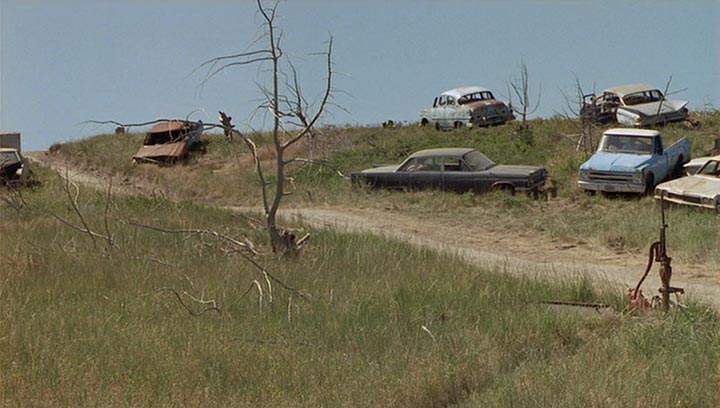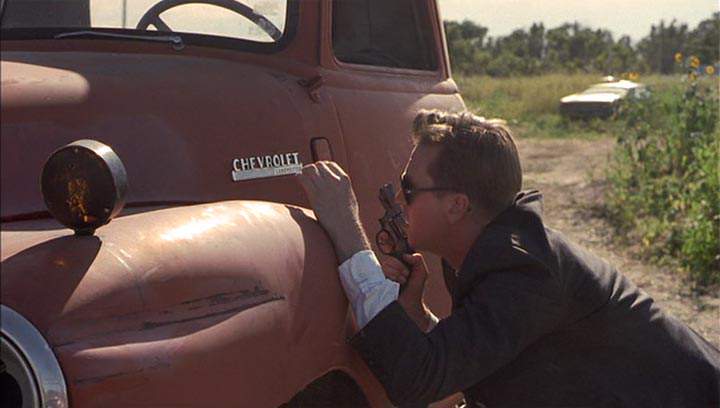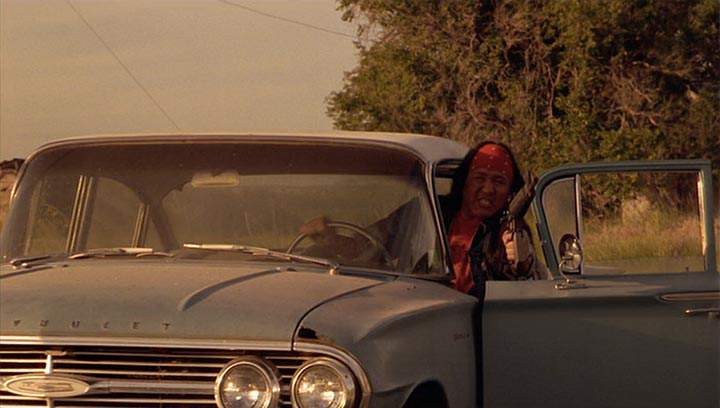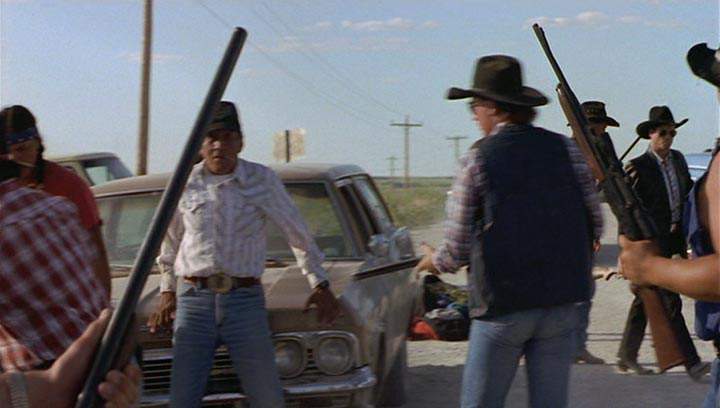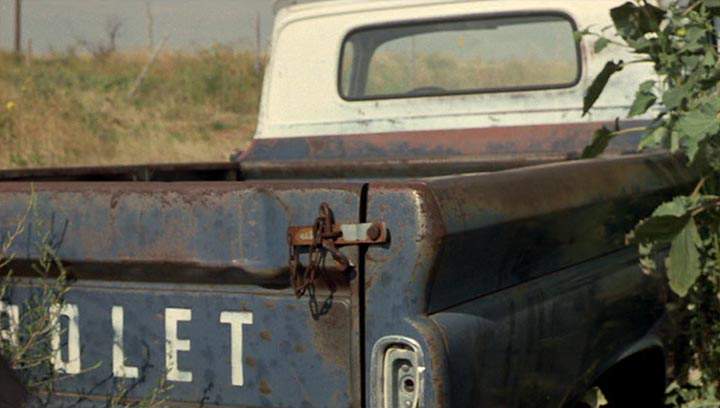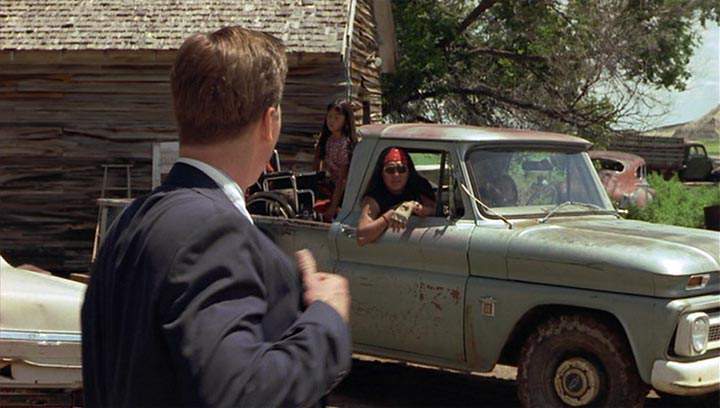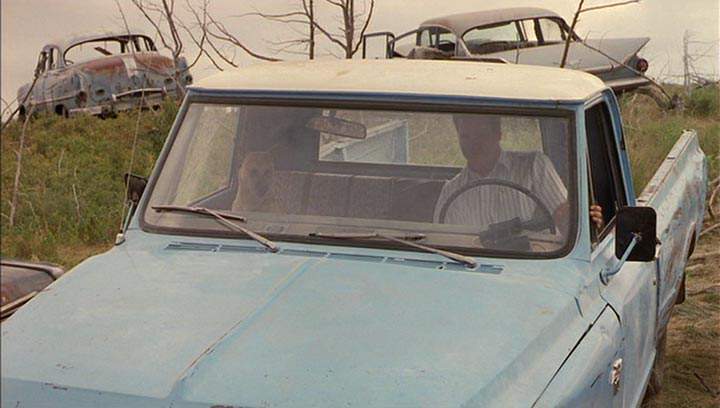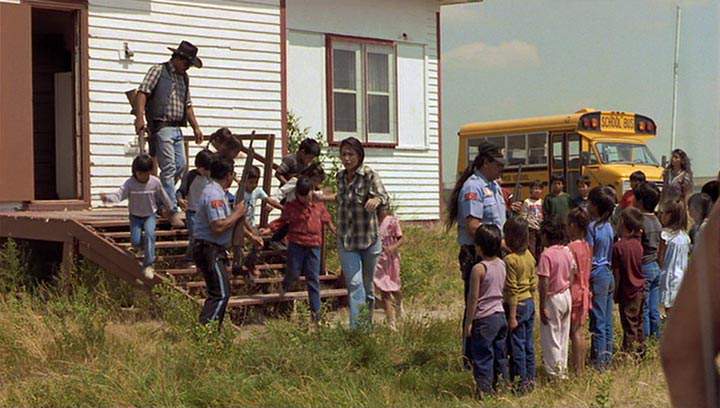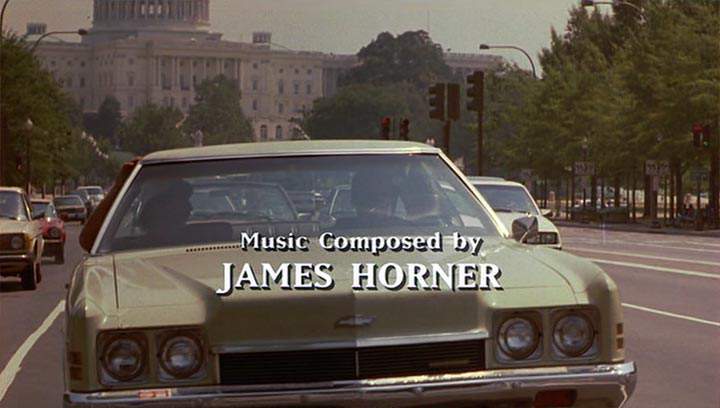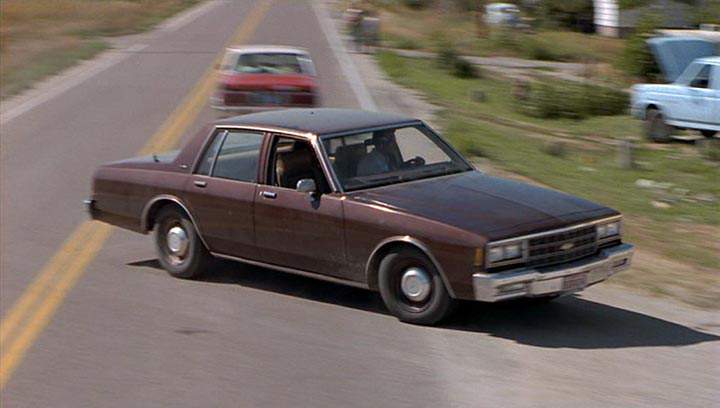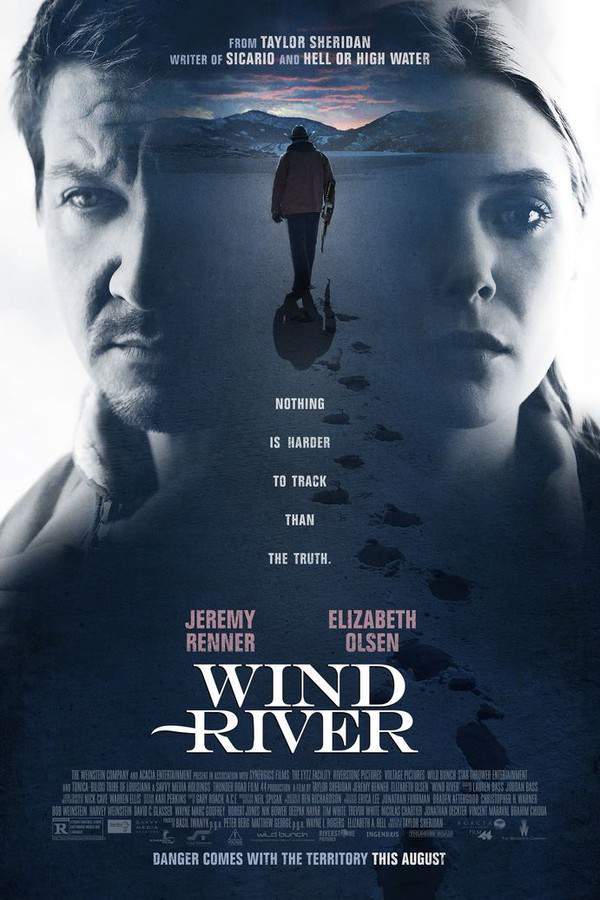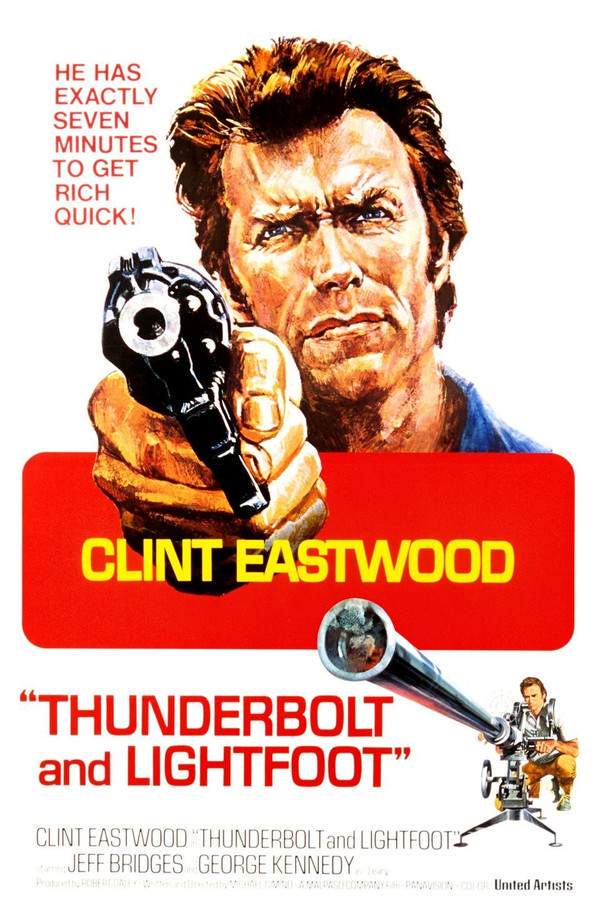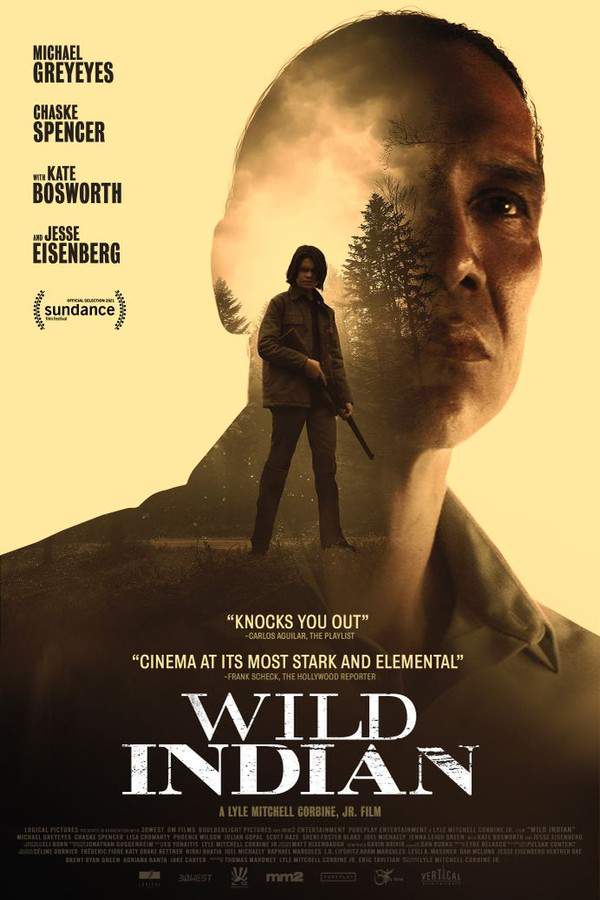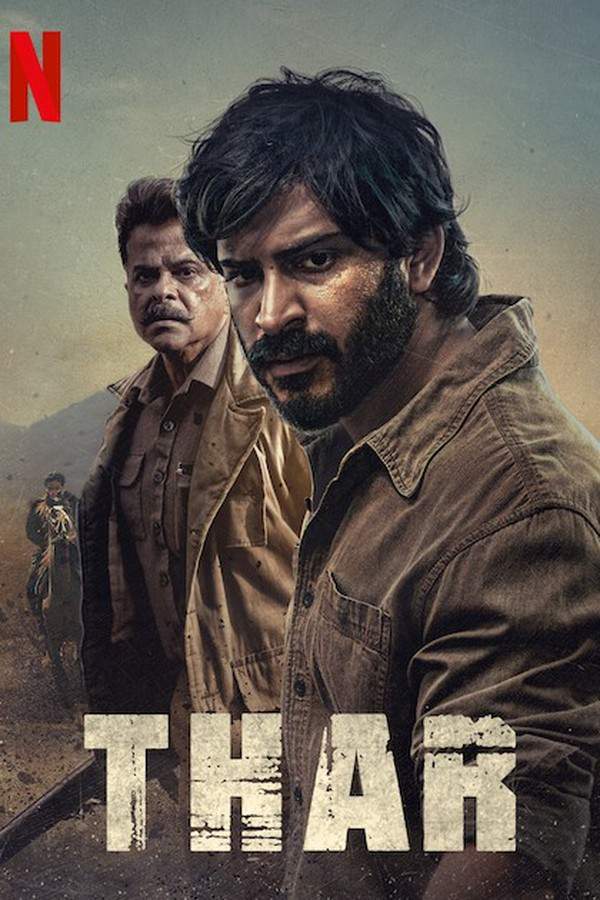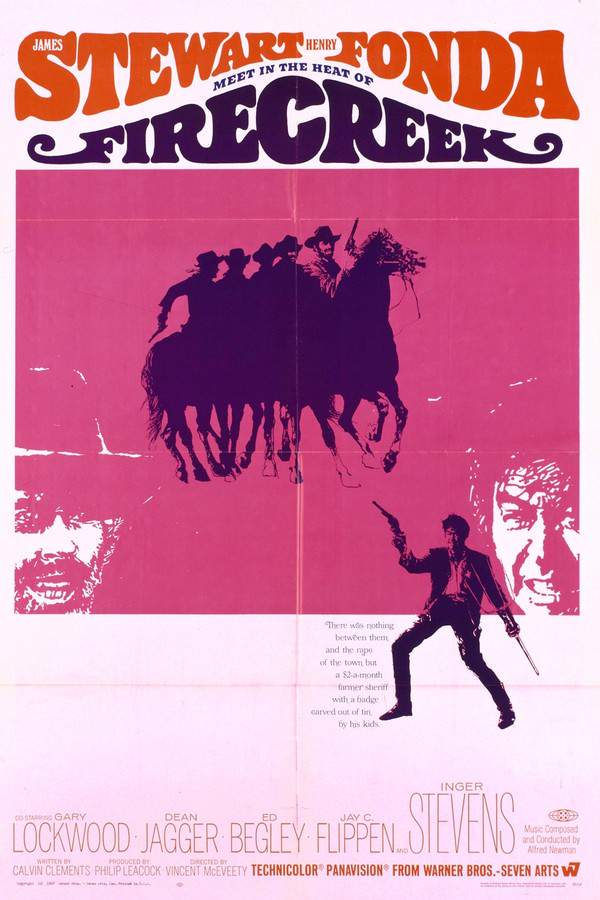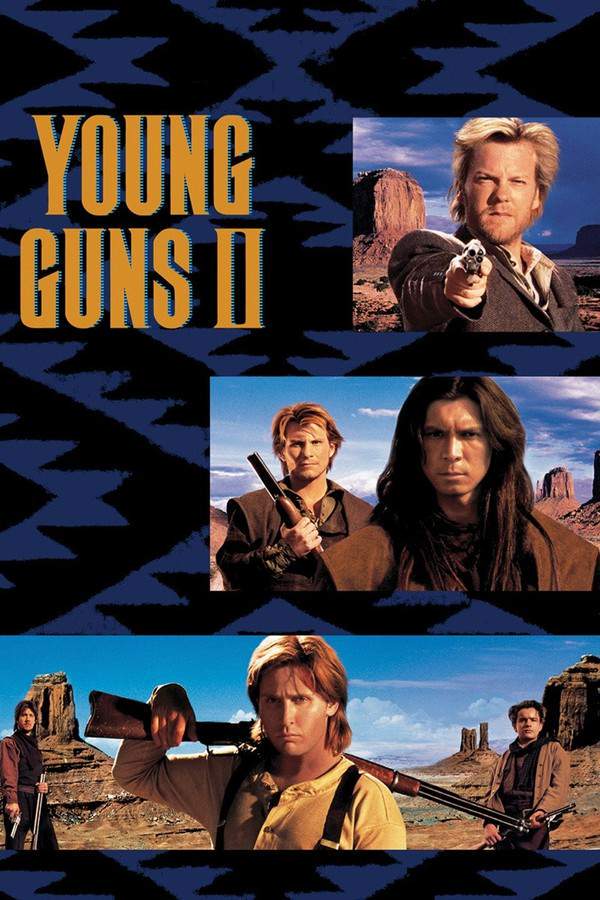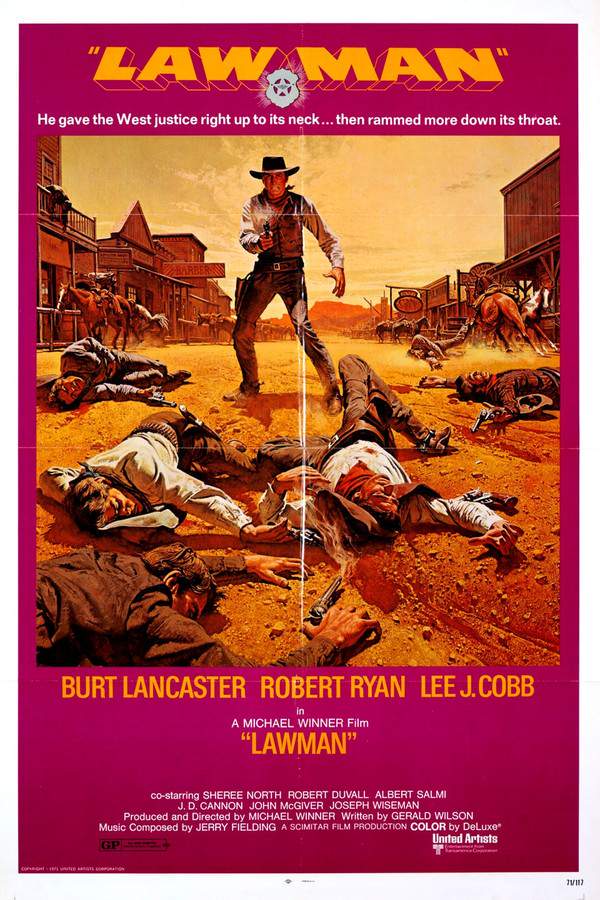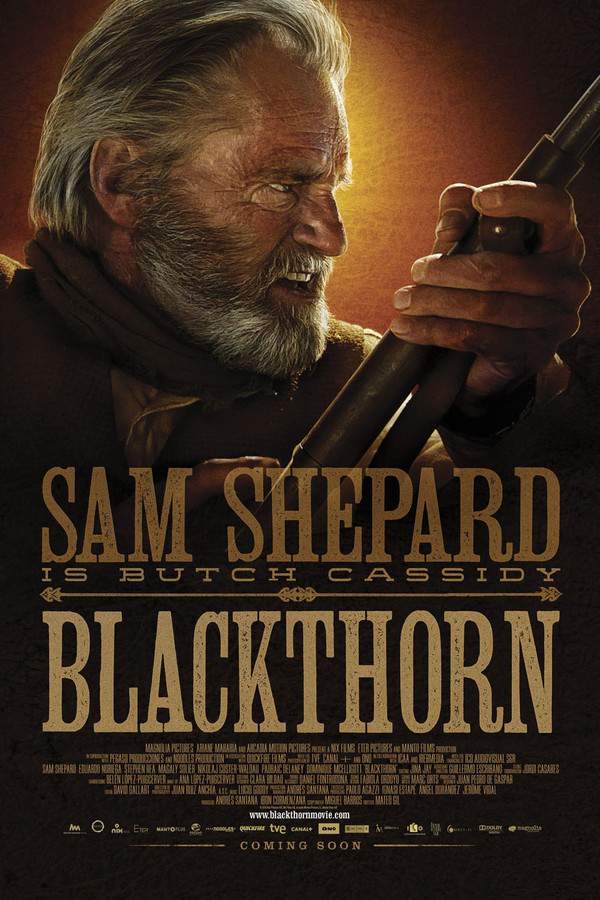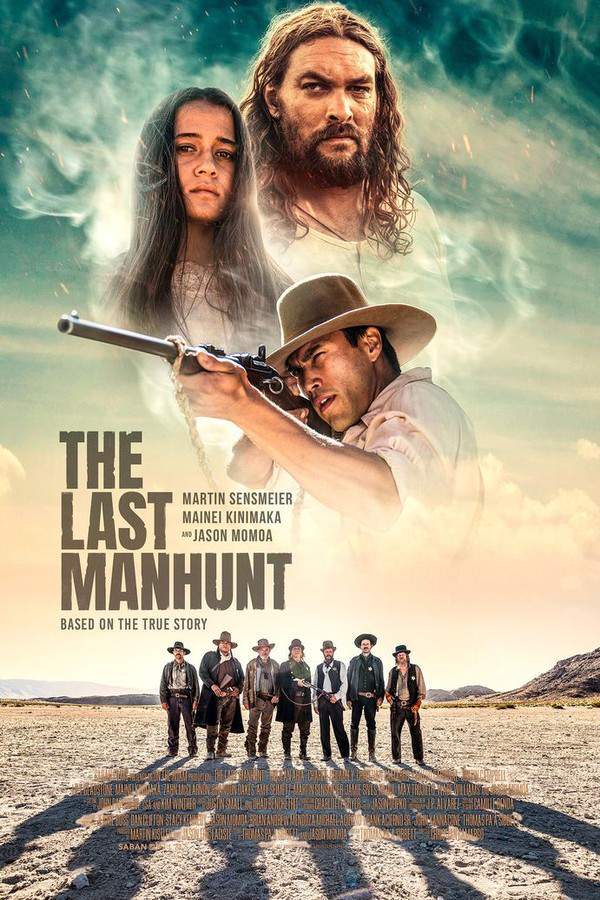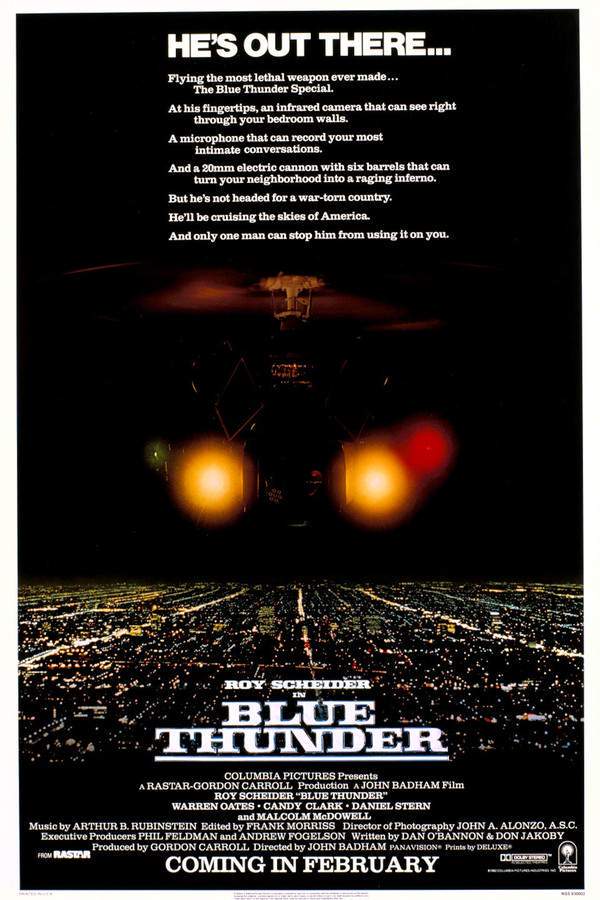Thunderheart 1992
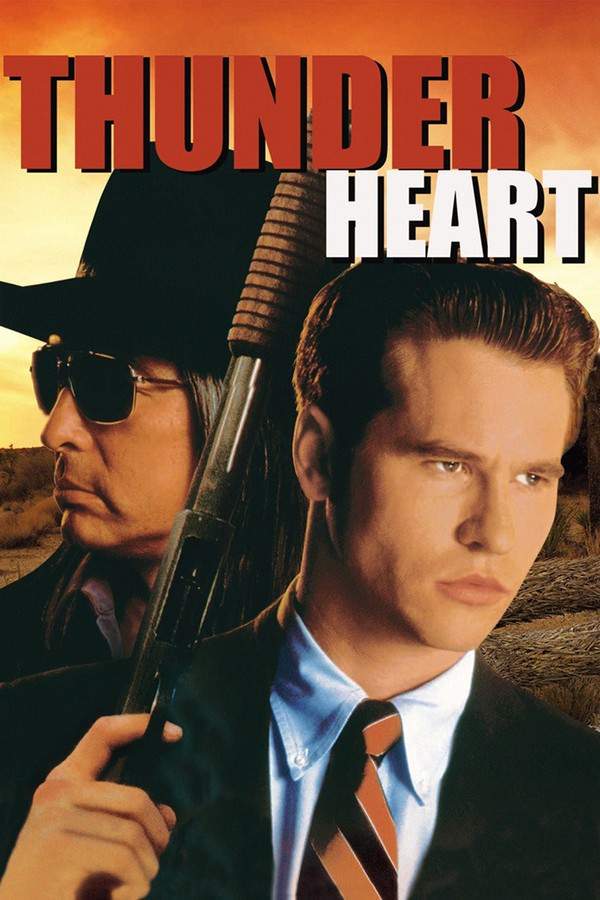
A series of disturbing murders disrupts a Native American reservation, prompting the FBI to send rookie agent Ray Levoi, who has Sioux heritage, to investigate. Navigating a climate of suspicion and tribal complexities, Levoi seeks to uncover the truth behind the crimes. As he delves deeper, he confronts ancient prophecies, challenging his own identity and revealing connections to a revered figure from his people’s history.
Does Thunderheart have end credit scenes?
No!
Thunderheart does not have end credit scenes. You can leave when the credits roll.
Meet the Full Cast and Actors of Thunderheart
Explore the complete cast of Thunderheart, including both lead and supporting actors. Learn who plays each character, discover their past roles and achievements, and find out what makes this ensemble cast stand out in the world of film and television.
External Links and Streaming Options
Discover where to watch Thunderheart online, including streaming platforms, rental options, and official sources. Compare reviews, ratings, and in-depth movie information across sites like IMDb, TMDb, Wikipedia or Rotten Tomatoes.
Ratings and Reviews for Thunderheart
See how Thunderheart is rated across major platforms like IMDb, Metacritic, and TMDb. Compare audience scores and critic reviews to understand where Thunderheart stands among top-rated movies in its genre.

58
Metascore
tbd
User Score


%
TOMATOMETER

0%
User Score

62
%
User Score
Take the Ultimate Thunderheart Movie Quiz
Challenge your knowledge of Thunderheart with this fun and interactive movie quiz. Test yourself on key plot points, iconic characters, hidden details, and memorable moments to see how well you really know the film.
Thunderheart Quiz: Test your knowledge on the film 'Thunderheart' and its themes surrounding Native American rights and FBI investigation.
What is Ray Levoi's mixed heritage that makes him unique for the case?
Sioux
Cherokee
Navajo
Lakota
Show hint
Full Plot Summary and Ending Explained for Thunderheart
Read the complete plot summary of Thunderheart, including all major events, twists, and the full ending explained in detail. Explore key characters, themes, hidden meanings, and everything you need to understand the story from beginning to end.
The serene beauty of a Native American reservation in South Dakota is brutally disrupted by the homicide of Leo Fast Elk, a well-respected member of the tribal council. In a swift response, FBI Agent William Dawes assigns Agent Ray Levoi (Val Kilmer), whose own Sioux lineage makes him an unconventional choice, to work with local authorities. Ray initially struggles with a sense of disconnection from his Lakota heritage, but he teams up with the seasoned Agent Frank “Cooch” Coutelle (Fred Ward), who has already begun to hone in on two primary suspects: Maggie Eagle Bear, an unwavering advocate for Native American rights and schoolteacher, and Jimmy Looks Twice, a passionate leader of the Aboriginal Rights Movement (ARM). Their investigation takes an unexpected turn when they encounter Walter Crow Horse, a tribal police officer present at the crime scene, whose skepticism regarding governmental involvement stems from a long history of mistrust between Native communities and law enforcement.
As Ray digs deeper into the case, he learns that Jimmy has been detained but manages to escape during a tense shootout involving the FBI and tribal police. Complications arise when Walter discloses that the murder occurred on Maggie’s land, which leads Ray to visit the site for evidence collection. However, Maggie is resistant to his inquiries, complicating his efforts. Despite facing derision from the locals, Ray finds comfort in a heartfelt discussion with Grandpa Sam Reaches (Sam Shepard), a venerable elder who reconnects him to his Native roots.
Returning to question Maggie’s grandmother, Ray is deeply impacted by the community’s resilience. He expresses regard for Maggie’s unyielding dedication to social justice, and as his empathy for the struggles of Native Americans grows, tensions escalate dramatically. The situation intensifies when Maggie’s son is shot by Jack Milton’s pro-government militia, who initially claim responsibility but are later uncovered as the actual culprits. Ray becomes embroiled in chaos at the hospital, bearing witness to the heartbreaking repercussions of government-sponsored violence on the reservation.
With each passing moment, Ray becomes more attuned to the serious issues confronting Native American communities. His developing awareness illustrates the significance of human connection and the importance of grasping the nuances of cultural identity. In his relentless pursuit of the case’s truth, Walter’s words resonate: “Jimmy is innocent, and the killer is someone much larger than the young man.” The revelation that Leo’s vehicle has mysteriously vanished, having been utilized to transfer the body from Maggie’s land to a dumping ground, adds credibility to Walter’s assertion. In spite of Frank’s insistence on fixating on Jimmy, Ray remains doubtful of the mainstream theory and opts for a more original method of inquiry. He meets privately with Walter and Grandpa Sam, continuing his unofficial investigation into the murder.
The retrieval of Leo’s car leads to the shocking discovery of a bulging jacket in the trunk, fueling Ray’s suspicions of an alternative killer. His efforts yield a vital clue: a raffle ticket stub tucked away in the jacket’s pocket. Maggie, who organized the event, reveals the ticket belongs to Richard Yellow Hawk, a felon known for creating chaos on the reservation.
Ray’s quest for truth brings him to Grandpa Sam’s place, where he confronts Jimmy, now firmly convinced of his innocence. With Jimmy detained, Frank grows increasingly furious about Ray’s refusal to abandon his doubts. As Ray’s frustration mounts, he senses a dark conspiracy unfolding before him, one intricately tied to the reservation and Leo’s murder.
The ticket stub becomes the cornerstone of Ray’s investigation, ultimately leading him to Richard Yellow Hawk, who confesses to the murder under pressure. Richard divulges that Frank and additional FBI agents visited him in prison, proposing a deal: diminish your sentence, follow our directions, and enjoy favorable conditions behind bars.
Compelled by the threat of prison, Richard became a pawn of Frank, who exploited the convict’s vulnerabilities to incite discord between the ARM and the tribal council. Unraveling the skein of deceit, Ray sheds light on a comprehensive corruption that transcends Leo’s murder.
As Ray and Walter trek into the unexplored territory of Red Deer Table, a previously examined site by the late Leo, they embark on a quest to uncover the realities surrounding his death. Ray shares a vivid dream in which he is transported back to the era of the Wounded Knee Massacre, desperately fleeing alongside fellow Native Americans from pursuing US soldiers. Walter interprets this recurring dream as Ray’s rebirth as “Thunderheart”, a legendary Native American figure whose reincarnation symbolizes hope for their community.
Upon reaching Red Deer Table, they encounter a government-backed initiative to extract uranium via strip mining on the reservation, a scheme that threatens the vital water supply and escalates the conflict between the anti-government ARM and Milton’s men, driven by profit and kickback motivations. The heartbreaking discovery of Maggie’s lifeless body at the location starkly illustrates the repercussions of this reckless venture.
Racing back to find Richard, Ray’s heart sinks upon finding his friend dead in a wheelchair, the scene staged as a suicide. This forces Ray to grapple with the depths of betrayal that have permeated their reality. Subsequently, Walter and Ray find themselves fleeing from Frank, Jack, and their pro-government allies, who aim to silence them. In a decisive moment, Ray reveals he has recorded Richard’s confession, implicating Frank in Leo’s murder.
Confronted and outnumbered by the ARM’s resistance, Frank and Jack are eventually apprehended, closing the chapter on their violent regime. Disenchanted by the rampant corruption within the FBI, Ray makes the difficult choice to part ways with the agency, embarking on a new path as he dedicates himself to uncovering the truth and seeking justice for the wronged.
Uncover the Details: Timeline, Characters, Themes, and Beyond!
Watch Trailers, Clips & Behind-the-Scenes for Thunderheart
Watch official trailers, exclusive clips, cast interviews, and behind-the-scenes footage from Thunderheart. Dive deeper into the making of the film, its standout moments, and key production insights.
Cars Featured in Thunderheart
Explore all cars featured in Thunderheart, including their makes, models, scenes they appear in, and their significance to the plot. A must-read for car enthusiasts and movie buffs alike.
Thunderheart Themes and Keywords
Discover the central themes, ideas, and keywords that define the movie’s story, tone, and message. Analyze the film’s deeper meanings, genre influences, and recurring concepts.
Thunderheart Other Names and Titles
Explore the various alternative titles, translations, and other names used for Thunderheart across different regions and languages. Understand how the film is marketed and recognized worldwide.
Similar Movies To Thunderheart You Should Know About
Browse a curated list of movies similar in genre, tone, characters, or story structure. Discover new titles like the one you're watching, perfect for fans of related plots, vibes, or cinematic styles.
Other Names for Thunderheart
Explore the alternate titles, translations, and working names for Thunderheart. Learn how the film is known in different regions, languages, and releases, and discover the variations that reflect its cultural reach and marketing choices.
Quick Links: Summary, Cast, Ratings, More

What's After the Movie?
Not sure whether to stay after the credits? Find out!
Explore Our Movie Platform
New Movie Releases (2025)
Famous Movie Actors
Top Film Production Studios
Movie Plot Summaries & Endings
Major Movie Awards & Winners
Best Concert Films & Music Documentaries
Movie Collections and Curated Lists
© 2025 What's After the Movie. All rights reserved.



